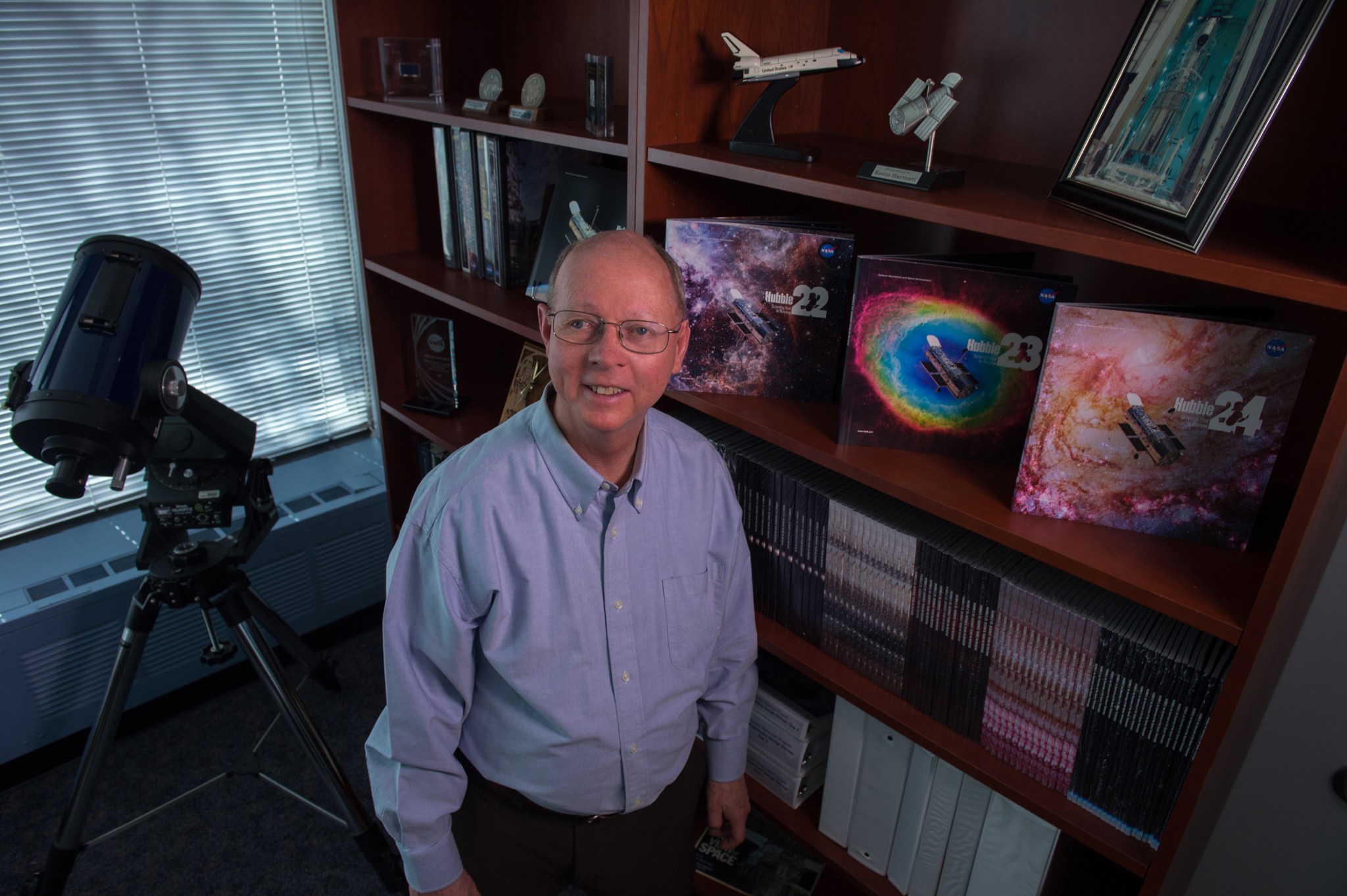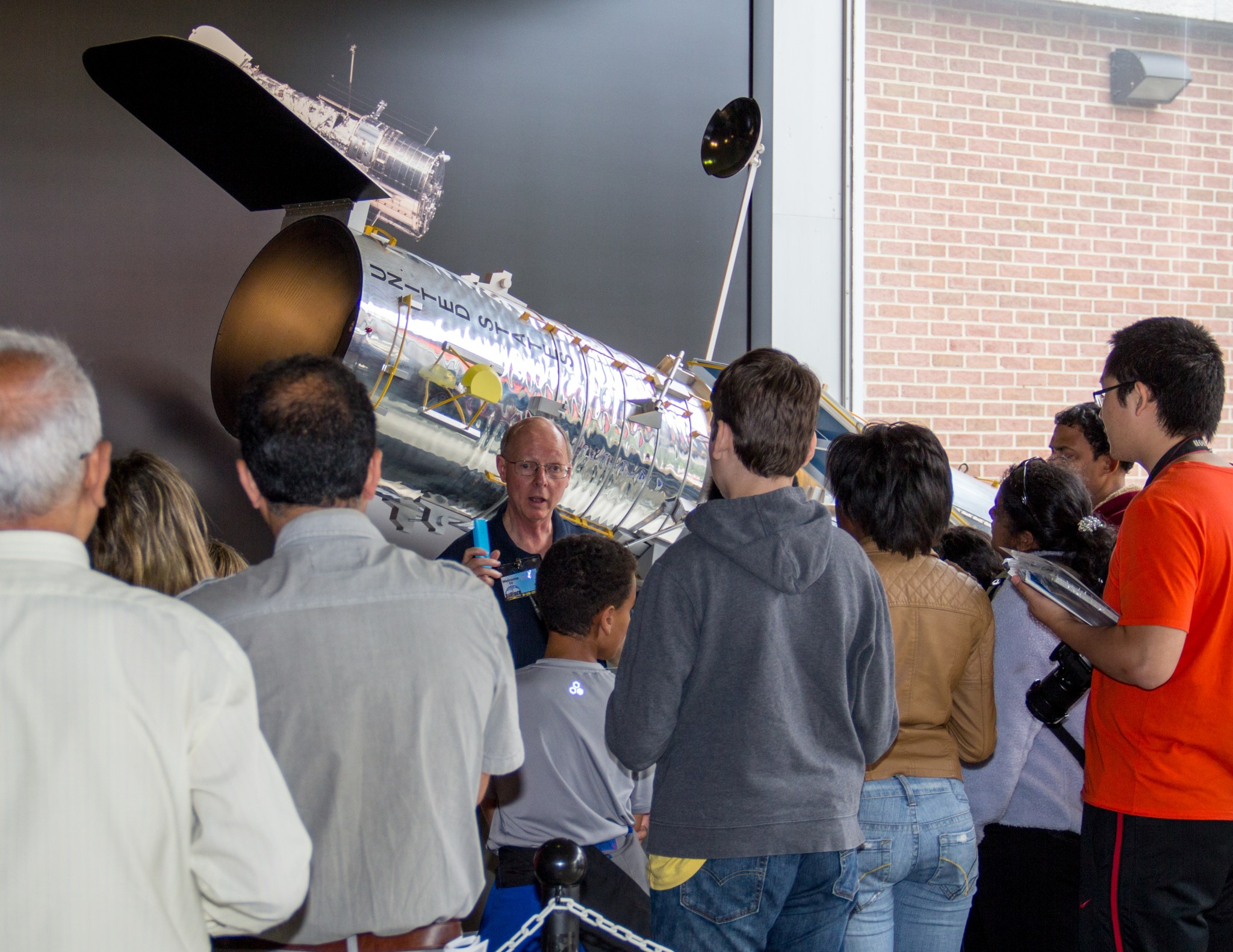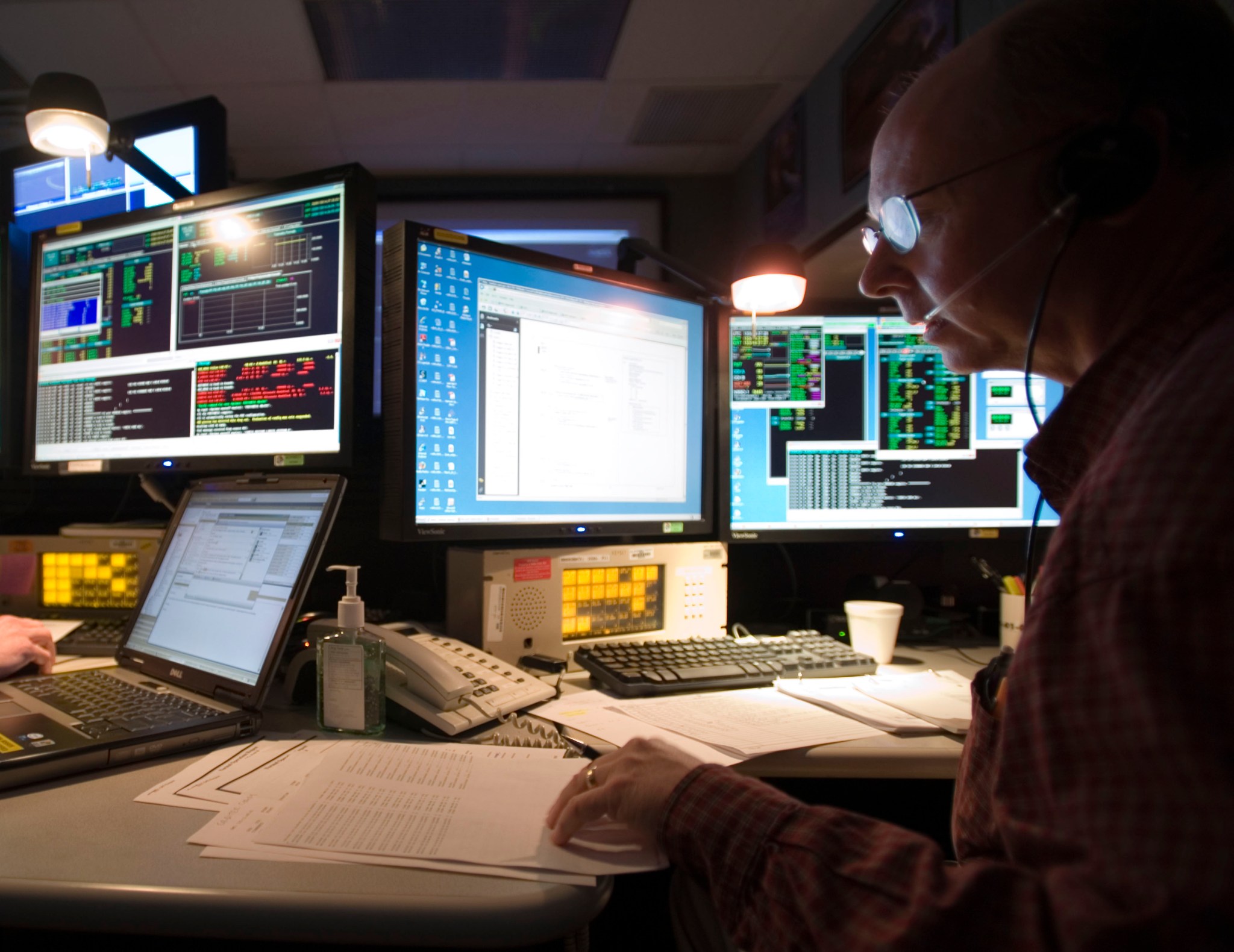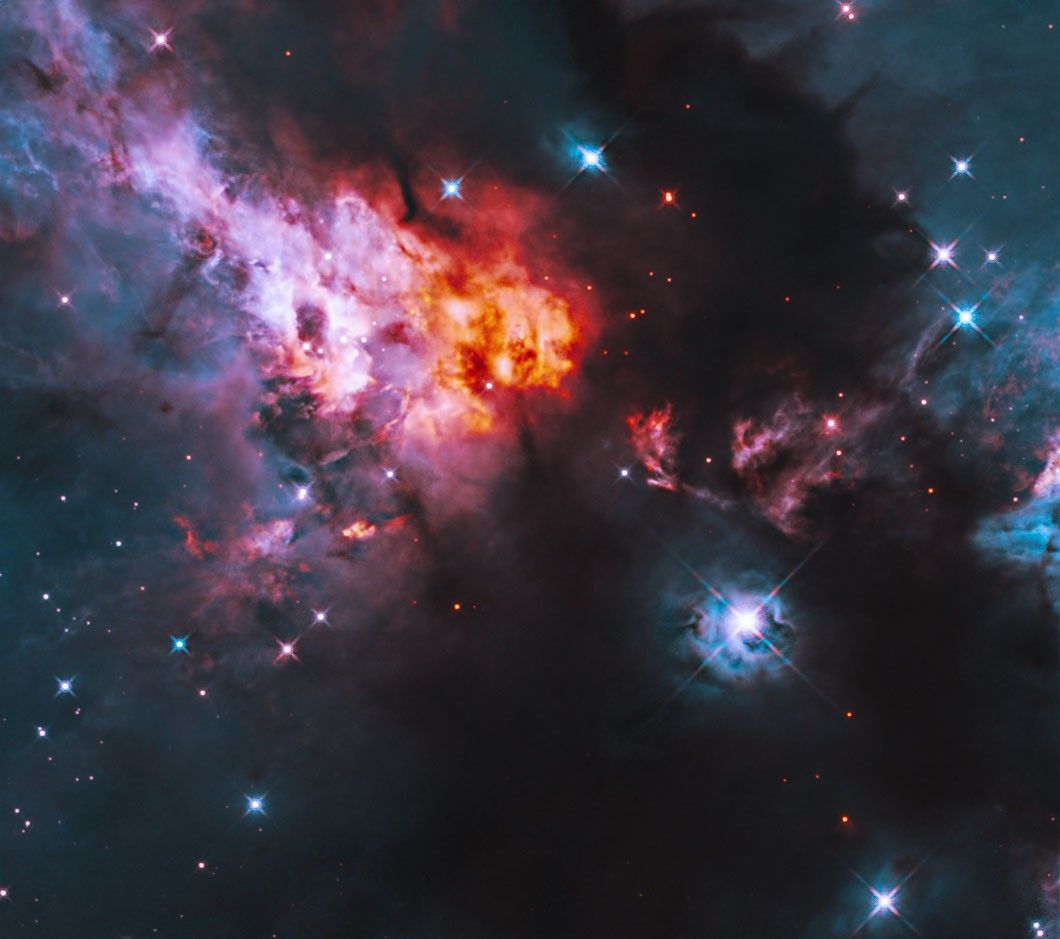Name: Kevin Hartnett
Title: Science Operations Manager for the Hubble Space Telescope
Organization: Code 441, Hubble Space Telescope Operations
What do you do here at Goddard?
My title is science operations manager for the Hubble Space Telescope project. I oversee the work that’s done on Hubble for NASA at the Space Telescope Science Institute in Baltimore, Maryland.
How long have you worked at Goddard?
I’ve been at Goddard since 1981. I worked for nine years as a contractor here in various roles
doing system engineering and hardware maintenance for the Spaceflight Tracking and Data Network Operations Control Center (NOCC), the Tracking and Data Relay Satellite Network Control Center (NCC) and the NASA (Ground) Communications System (NASCOM). I joined the civil service in 1990, first as a mission readiness testing manager for the Upper Atmosphere Research Satellite (UARS) and Solar, Anomalous, and Magnetospheric Particle Explorer (SAMPEX) missions, then as mission director for the Extreme Ulraviolet Explorer (EUVE) and Rossi X-ray Timing Explorer (RXTE) missions. I joined the Hubble project in 1997.
What made you interested in space?
I credit a grade-school friend who at the time was building a telescope. We joined a local astronomy club where others were kind enough to mentor us. At one of their star parties, I looked through a telescope and saw Saturn for the first time, and like many other people, it changed my life. I became a very active amateur astronomer. I learned the constellations, how to find the planets, and then got my own telescope to view fainter objects like galaxies, nebulas and star clusters.
What do you do in your spare time?
I love to teach astronomy and do outreach with various groups like schools and churches. I help them understand the night sky and show them the constellations and planets. We then view the planets and fainter objects through a telescope.
I also really enjoy astrophotography. You can do a lot with a digital camera right from a very urban area, a “light-polluted” area as we say. This is new; it wasn’t this way before digital cameras came along.
Where do you take your pictures?
Most of mine are taken from home — in Montgomery County, Maryland. The one exception is comet Hale-Bopp. It helps for comets to go to a dark location. For that one I went to the foothills of the Shenandoah Mountains in Virginia.
How did you get started in astrophotography?
It grew naturally out of looking through telescopes and a general interest in cameras and photography. My early attempts with film cameras and the telescopes I had at the time were not very good. I subsequently read up online and purchased some better equipment. I got my camera and started doing this just three and a half years ago. There are so many telescope and astrophotography tutorials online these days that it really doesn’t take much time to get good pictures — as long as you’re willing to go out and practice, and persevere.
What tips do you have for people who are just starting out in amateur astronomy?
The best thing to do is just start with the basics. Learn the night sky. Learn the location and names of the bright stars and constellations in each season of the year and how they move from month to month. Learn the current location of the planets and the movement and phases of the Moon. It’s easiest to do this with someone else, so think about joining a club or at least asking a knowledgeable friend to help you.
After this, use a good pair of binoculars to find star clusters and other celestial gems. You can see an amazing amount of clusters, galaxies and nebulas just using binoculars. Then get an inexpensive telescope and “move up” as your interest grows.
I tell people, “Don’t buy something you’re not going to use.” The bigger your toys, the harder they are to get out and use. If it’s too complicated, too heavy or too delicate to “grab and go,” it’s probably not a good investment.
Credits: NASA
Do you have other interests?
Yes, another thing that I spend a considerable amount of time doing now is writing and sharing poetry. Some years ago I put photography and poetry together. I’ve made a number of photo-poem prints, using images I’ve taken of astronomical objects and putting short poems on them.
The first time it occurred to me to write a poem about an astronomical object was the night after I went to Virginia to photograph comet Hale-Bopp. For whatever reason, the following morning as I awoke, I was mentally working on a poem. Within a couple of hours, I had finished it. It goes like this:
Minister of mystery,
The comet pierces history,
And lifts the head of mortal mind
To contemplate the Grand Design.
I then gave myself to thinking about other astronomical objects and creating little poems for them. A short one, for example, is:
Behold the fleeting meteor:
His life so short; his flame so bright.
He brings no second stroke to make
His mark against the fallen night.
It’s a little contemplation on the brevity of life, and how we should use what energies and talents we have to better the world.
Another is based on the fact that light travels at a finite speed. If you look at the North Star, for instance, you’re seeing light that left the star some 400 years ago. The little contemplation I wrote about this fact goes like this:
The stars I see are yesteryear’s,
Their glow, from flames of glory past.
And now my life, a light, appears;
How far will my effect be cast?
Once I had collected a number of these, they caught the attention of a publisher. So I was actually invited to put together a devotional gift book with poetry based on topics in astronomy. This was published in 2011 both as a hardback and as an e-book. If you type my name in the search bar of any large bookseller’s website, it should pop right up.
Likewise, if you search the web for “Kevin Hartnett Poetry” you’ll find a blog site where I post my poems, including many that aren’t in the book. However, I don’t yet have a website where I put all my astro-images. For now, I just keep them on my phone. I’m better at actually sharing my poetry than my astrophotography!
By Chelsey Ballarte and Vanessa Thomas
NASA Goddard Space Flight Center, Greenbelt, Md.

Conversations With Goddard is a collection of Q&A profiles highlighting the breadth and depth of NASA’s Goddard Space Flight Center’s talented and diverse workforce. The Conversations have been published twice a month on average since May 2011. Read past editions on Goddard’s “Our People” webpage.


































